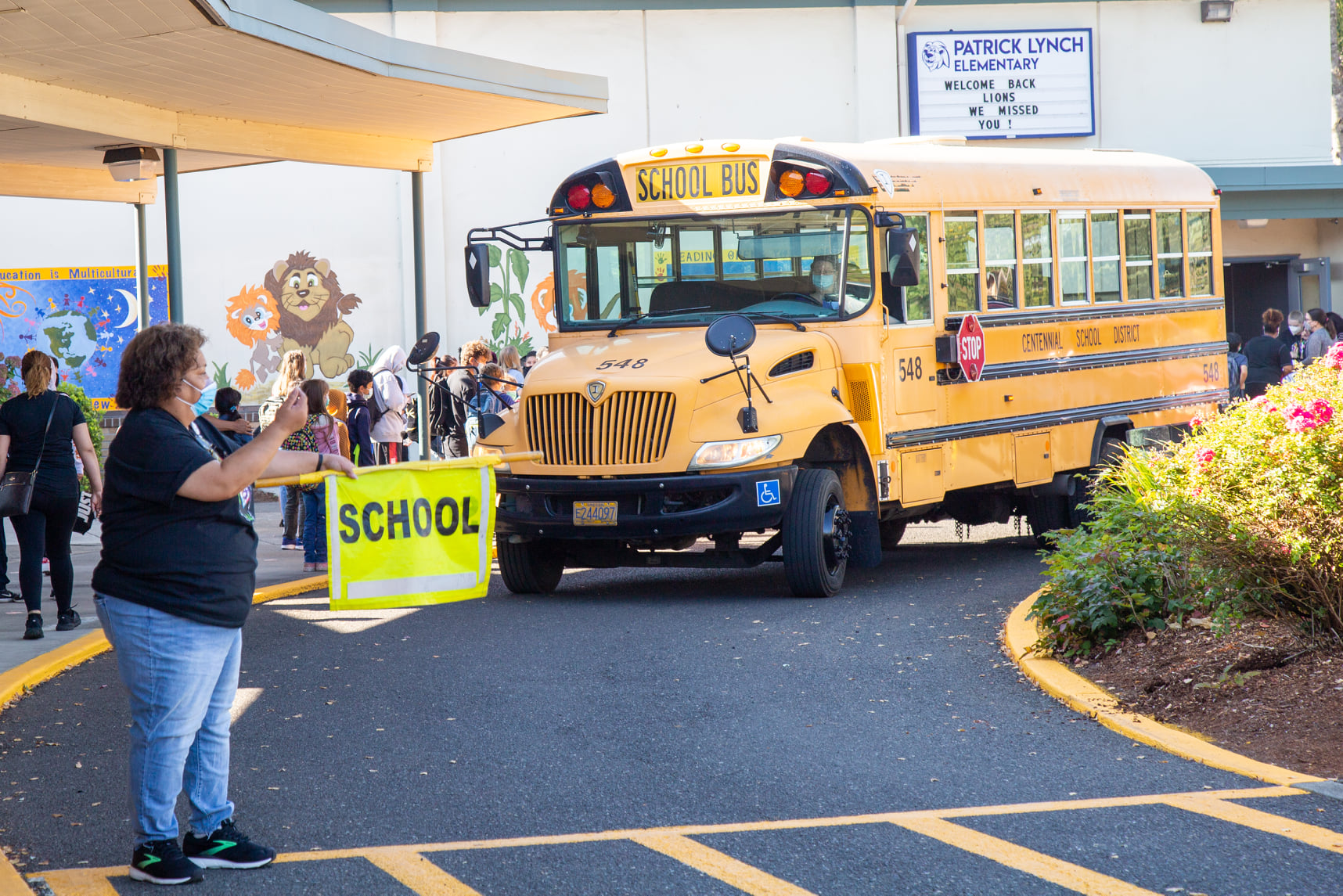[UPDATED] The 3 biggest boundary planning project challenges (and how to avoid them)
Author: Kent Martin Published: January 12, 2022
We’ve seen even the most experienced school district leaders make a few missteps that can derail an attendance area boundary planning project. Working with school districts of all sizes across the country has taught us that if a few key mistakes are avoided, boundary planning projects get off the ground more quickly and run more smoothly. Here are the three most common challenges we see and how to make sure you avoid them.
Challenge 1: Failure to create a framework for how board of directors/board of education members will engage in the project.
Your school board members are among your most important stakeholders. Get them invested in your initiative by taking time at the beginning of the project to set expectations for when and how board members will engage in enrollment-balancing planning and activities. Here are some key project elements where you’ll want their participation:
- Developing boundary adjustment guiding principles
- Acting as liaisons to boundary committee working groups (if you’re creating them)
- Developing a student transition plan needed for new boundary implementation
- Communicating and engaging with district parents/guardians and community stakeholders
Challenge 2: Undefined committee working group roles.
Your initial project planning should include decisions about whether you’re going to form a committee working group and, if you are, what its role in the project will be and how committee membership will be determined.
Recruiting and training a group of community members to help you develop enrollment-balancing solutions is a lot of work, but careful planning pays dividends here—you’ll be ensuring that your project process is thorough, transparent, and respected by the community.
If you are creating a committee, start thinking about which schools or communities should be represented within the group. How will you ensure your committee reflects the racial and ethnic makeup of your student population? Should building and district staff be on the committee? Should all committee members be voting members? How will consensus be measured? These are all important questions to address.
Challenge 3: No GIS-based tools to support boundary committee decision-making.
To ensure that guiding principles are met and building enrollment and student demographics are well-balanced, boundary committees need to generate and review iterative boundary scenarios. That means a school district needs access to GIS-based tools that provide on the fly spatial maps of geocoded student populations across a school district (both for today and in the future), capacity, and student demographic percentages by building. Without a GIS-based tool, boundary committees won’t have confidence that their scenario recommendations meet district and community needs. Numerous consultants offer these tools, including FLO.
PROJECT SPOTLIGHT: Centennial School District
What does a successful boundary planning project look like? See how Centennial School District reconfigured grades and balanced enrollment through an extensive boundary committee process.

